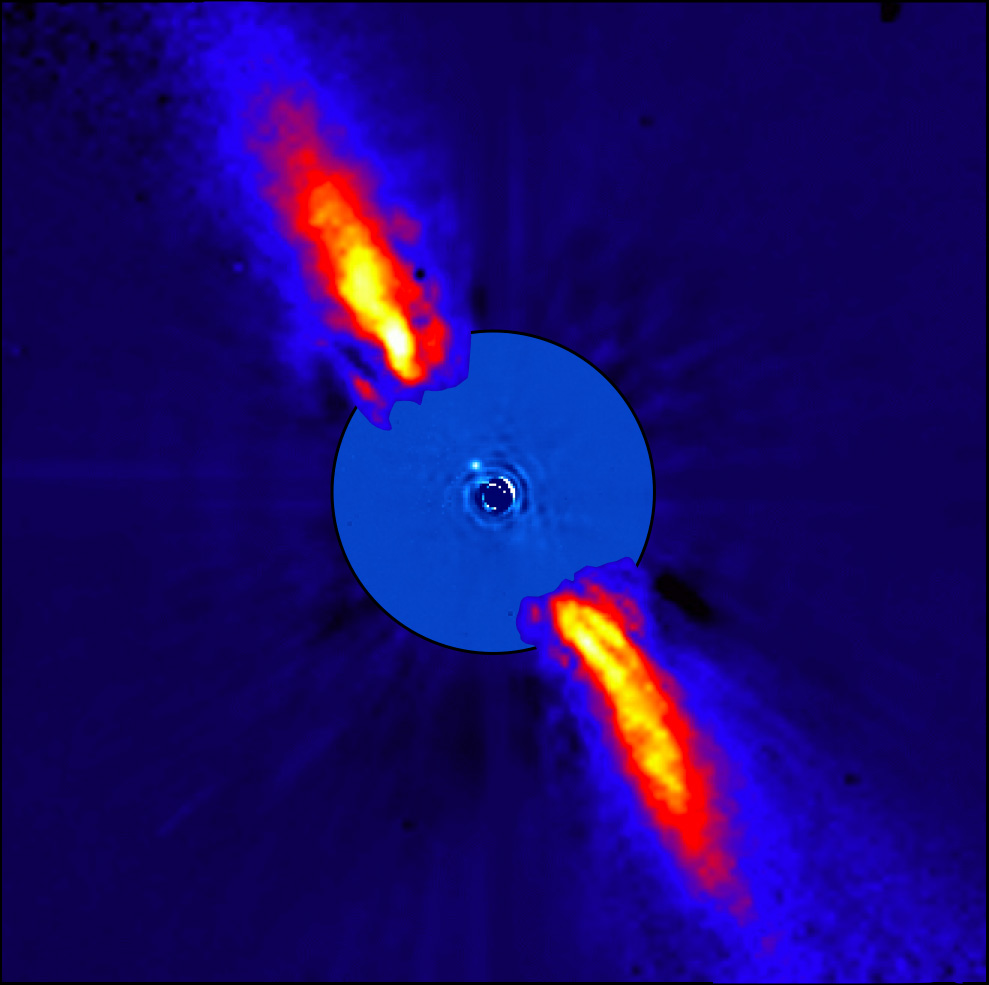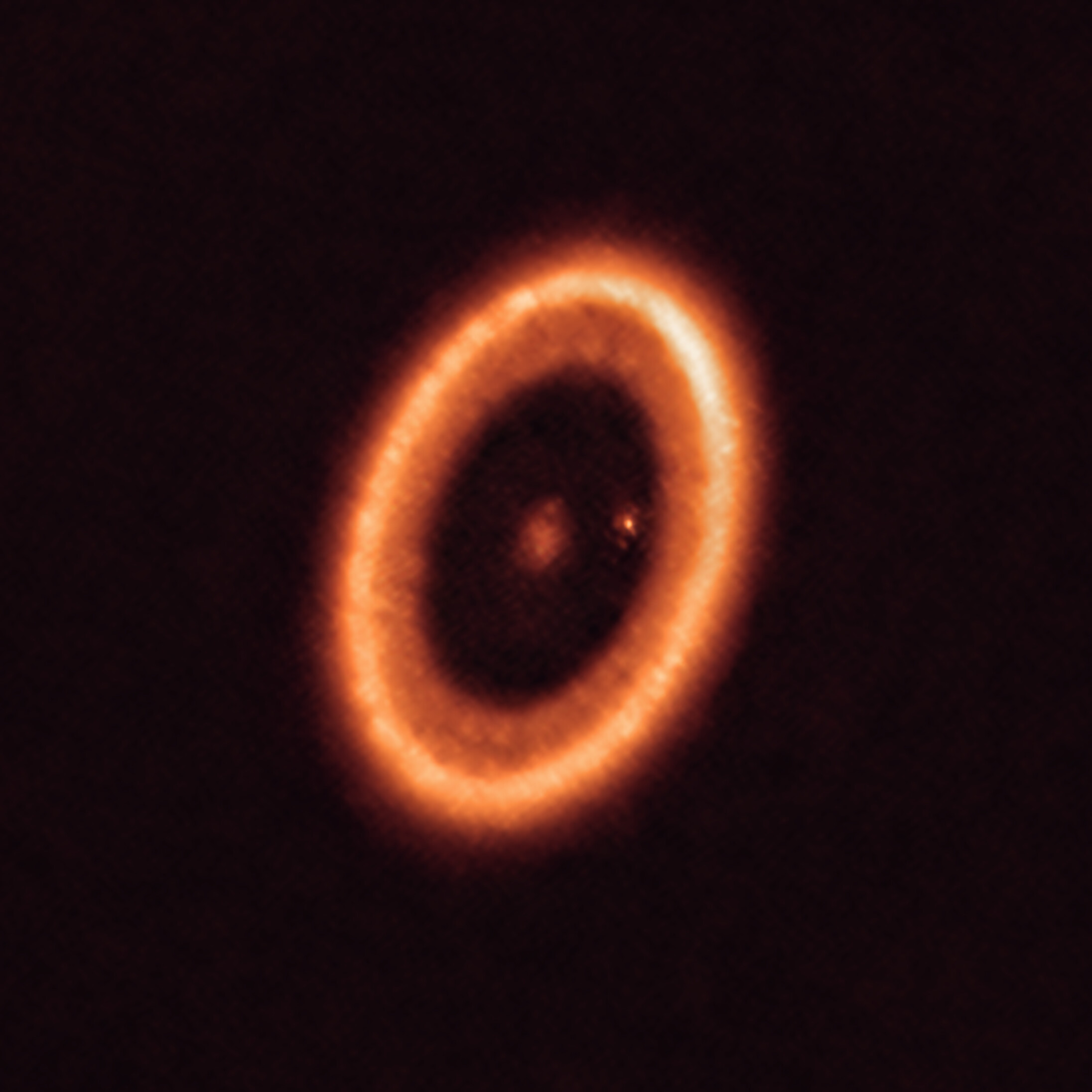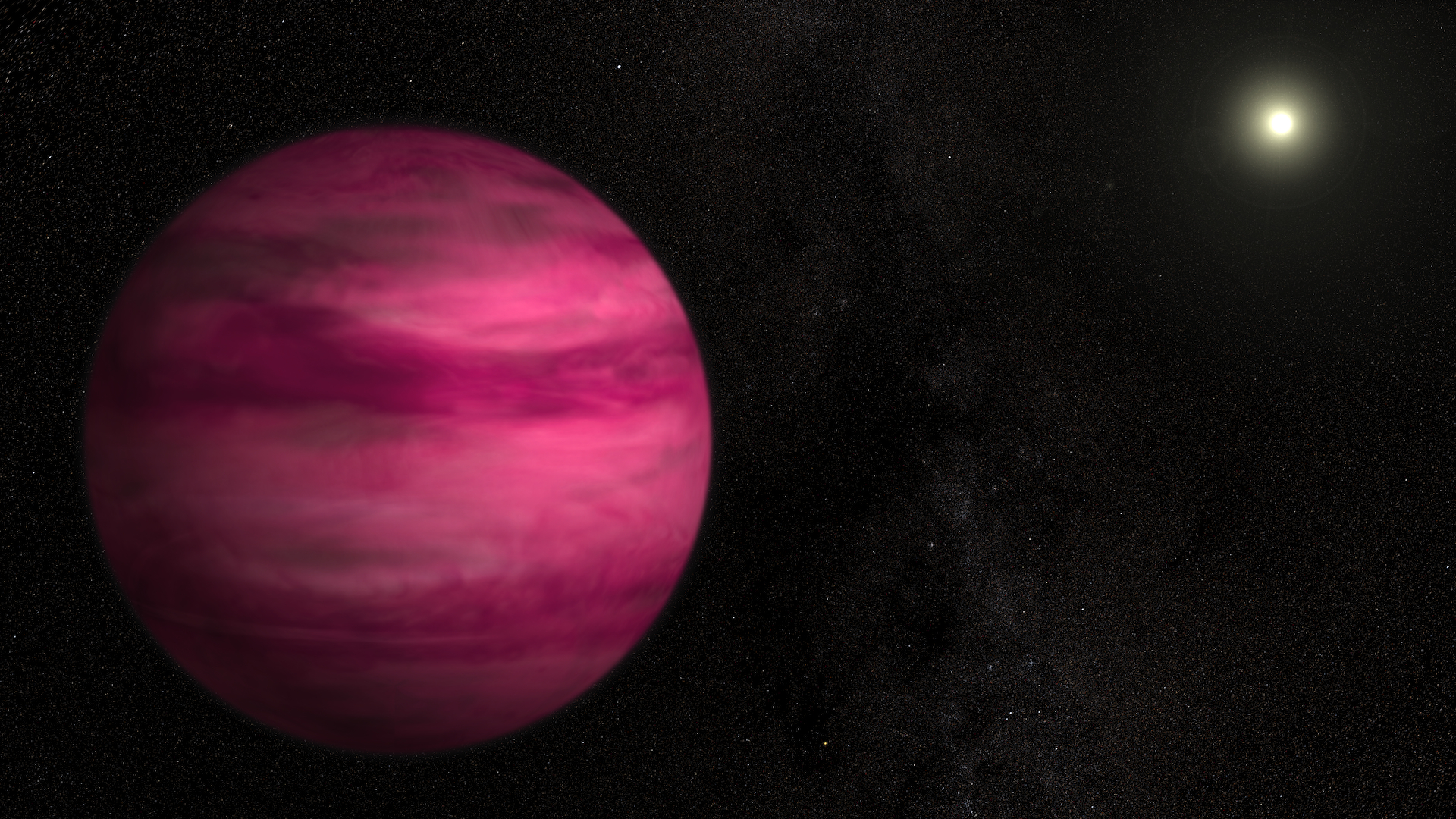 ERC Advanced Grant 101142746 - Hosted at ESO and LIRA (Observatoire de Paris)
ERC Advanced Grant 101142746 - Hosted at ESO and LIRA (Observatoire de Paris)  -
-
Credits: ESO/G. Hüdepohl (atacamaphoto.com)
How can we directly image and characterize exoplanets from the ground?
The PLANETES project aims to revolutionize exoplanet detection and characterization by developing an advanced ground-based interferometric system capable of high-contrast observations in the J-band. By enhancing dual-beam optical interferometry capabilities, PLANETES will be the first ground-based instrument capable of observing exoplanets through reflected light with a contrast range of 10 million, significantly expanding current detection capabilities.
The PLANETES team will employ laboratory demonstrations followed by on-sky implementation at the VLTI, leveraging the existing GRAVITY instrument for fringe tracking and pupil stabilization.
Partnership with First Light Imaging: PLANETES collaborates with First Light Imaging (now part of Oxford Instruments) to implement breakthrough detector technology from LEONARDO. The partnership focuses on the ME1230, a revolutionary large format avalanche photodiode detector that combines exceptionally low read noise (<0.3 e⁻/pix/frame) with ultra-low dark current (<0.01 e⁻/pix/s). This cutting-edge detector technology is crucial for achieving the photon-limited performance required for PLANETES' high-contrast exoplanet observations and precision interferometry.

Atmospheric Composition
Investigate the atmospheric composition of massive young exoplanets like Beta Pictoris b&c through high-contrast imaging at typical contrasts of 1e-5.

Protoplanet Detection
Examine the accretion process on protoplanets like PDS 70 b&c, detecting the Paschen beta line to confirm protoplanet candidates with spectral resolution R=3000.

Albedo Measurements
Measure the geometric albedo of mature planets discovered through radial velocity and Gaia missions by observing reflected light in the near-infrared.
Credits: ESO/Artist's impressions; ALMA Partnership et al.; NASA Image and Video Library; A&A
In a pivotal paper, Guyon (2005) summarizes the challenges faced by high contrast detections from ground observatories. The first issue is our atmosphere. On a single-dish telescope, its effect is reduced by using an adaptive optics system (e.g., SPHERE extreme AO, Beuzit+ 2019). Experience shows that the atmospheric halo averages out rapidly.
The second issue is the diffraction pattern, which can be well calibrated, although it also introduces additional photon noise. It can be reduced by a coronagraph (e.g., Rouan+ 2020).
The third challenge is the quasi-static aberrations, producing slow-moving speckles that are difficult to calibrate. Currently, this is the most difficult issue. A 1e-5 speckle stability at 1% would require a wavefront stable within 4 pm at a wavelength of 1.6 μm (Guyon 2005).
The use of single-mode fibers and optical interferometry is a game-changer compared to what was stated in Guyon (2005). The goal is no longer to sense the entirety of the 8-meter incoming wavefront at picometer accuracy; instead, it is to sense the electric field averaged over the telescope pupil with the same accuracy, which is much easier.
With the concept developed for the GRAVITY instrument, two interferometers are used simultaneously. One interferometer measures the electric field of the star, while the second measures the electric field of the exoplanet, contaminated by only a portion of the flux coming from the off-axis star.
The advantage is that the stellar fringes are tilted as a function of wavelength with respect to the planetary fringes: δphase(λ) = 2π * B.δα / λ. It is this way possible to effectively isolate the exoplanet's light from the overwhelming glare of its host star.

Principle of dual-beam interferometry showing the stellar and planetary signal separation
The advantages of this dual-beam technique are:
GRAVITY yields contrast of 1e-5 at 100 mas in three cumulative steps:
After ten years of using GRAVITY, dual-beam optical interferometry still has room for improvement:
PLANETES aims to overcome these limitations through J-band operation, improved optics, enhanced metrology, and advanced detector systems.
The PLANETES team is building expertise in optical interferometry and exoplanet detection, with positions filled during the full duration of the project (2025-2030).
Several other colleagues are collaborating closely with the team, including experts from ESO, LIRA and Oxford Instruments
The PLANETES team collaborates with the GRAVITY consortium and leverages the infrastructure of the Very Large Telescope Interferometer (VLTI).
The current members of the PLANETES team are:

PhD Student
PhD student working on integrated optics for exoplanet detection and characterization.

System Engineer
System engineer responsible for the camera and spectroscope of the PLANETES instrument.

Project Manager
Project manager at ESO, overseeing the technical development and implementation of PLANETES.

Instrument Scientist
Instrument scientist contributing to the optical design and science case definition.

Principal Investigator
PI and expert in optical interferometry at LIRA, Observatoire de Paris. Also associate at ESO.

Postdoctoral Researcher
Postdoc specialist in optical designs, spectrographs, and integrated optics. Works at IPAG.

Instrument Scientist
Instrument scientist specializing in high-contrast imaging and interferometry hardware.

PhD Student
PhD student focusing on pushing the boundaries of interferometry for high contrast imaging.
Open Position
This could be you.
Stay tuned for openings in optical interferometry.
We want to show here the status of the project development.


Lab Demonstrator (WP1):
VLTI Integration (WP2)
Building on previous achievements in dual-beam interferometry and high-contrast imaging
If you want to get in contact, send a message to the project office.
ESO Headquarters
Karl-Schwarzschil-Str. 2
85748, Garching bei München, Germany
ESO
LIRA, Observatoire de Paris
5 place Jules Janssen
92195 Meudon, France
Observatoire de Paris